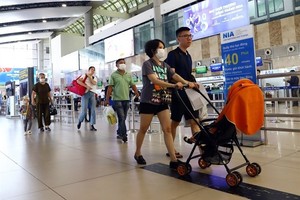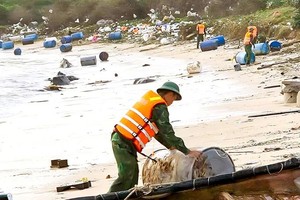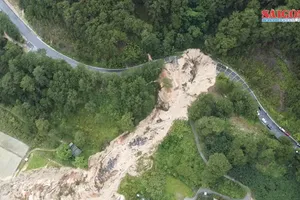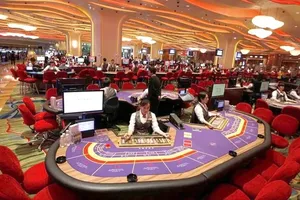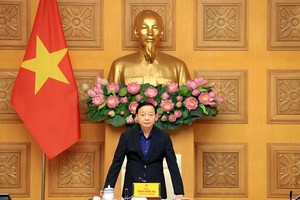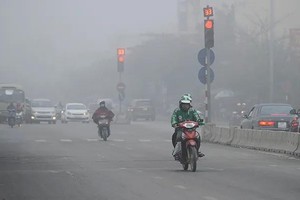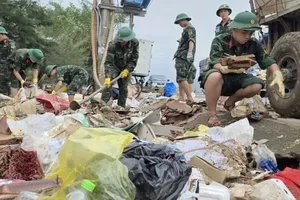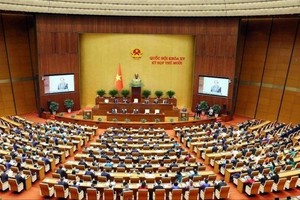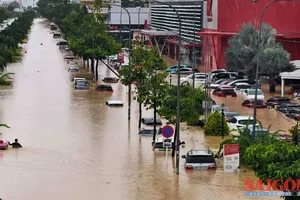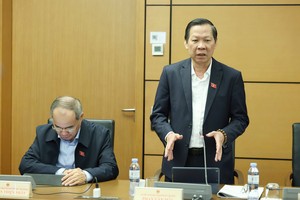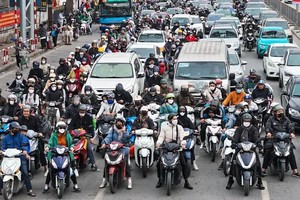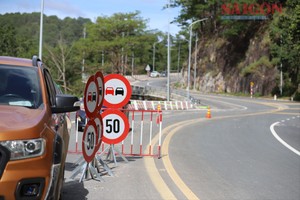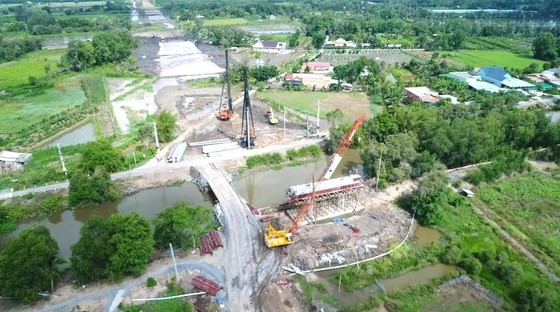
The seminar was about logistics development in the Mekong Delta organized by the Vietnam Chamber of Commerce and Industry (VCCI).
An average container going from Can Tho has to pass through transit at least three times before reaching the southern economic hub Ho Chi Minh City.
“Shipping one container from Can Tho to HCMC earns me about VND2 million (about US$86) after deducting incurred costs. The water routes in Mekong Delta region are too narrow and boat traffic jams are commonplace,” said a local business owner.
The transport infrastructure in the Mekong Delta is still inadequate although considered the central supply of rice, aquatic product and fruits of the country. The region possesses only 40km of highways out of the 1,000km nationwide, and roads are always congested.
The biggest challenge for waterway systems in the Mekong Delta as of yet is that channels for large tonnage ships to enter Hau river, an important transportation corridor in the South, has not been completed.
Goods must be transshipped from ports in HCMC and Vung Tau City to the Mekong Delta and vice versa, incurring about US$6-8 per ton of cargo. This eliminates the competitive edge of local businesses and reduces appeal towards foreign investors.
Currently, there are 7 harbors in the Mekong Delta, 34 wharfs, 57 inland ports and nearly 4,000 landing stages, but they are not part of any interconnected system.
According to economic experts, logistical services in the Mekong Delta are still lacking in quality and also not interlinked. There aren’t many full package logistics companies that can bridge the gap between transshipment, warehousing and delivering, so shipment often cause delays, high costs and annoyance for customers.
There are currently no foreign logistics companies in the Mekong Delta, only a handful of domestic ones mainly from HCMC.
According to experts, in addition to the ship and seaport system, inland logistics centers are important transit stations. To make full use of the EU-Vietnam Free Trade Agreement (EVFTA) that officially took effect from August 1, 2020, it is necessary to invest in interconnecting existing logistics centers.
Main infrastructure projects that are being expanded to ease the process are Cai Mep and Thi Vai harbors, as well as My Thuan 2 Bridge, Can Tho - Ca Mau Expressway, and the crossing highway connecting An Giang - Can Tho - Soc Trang.

